
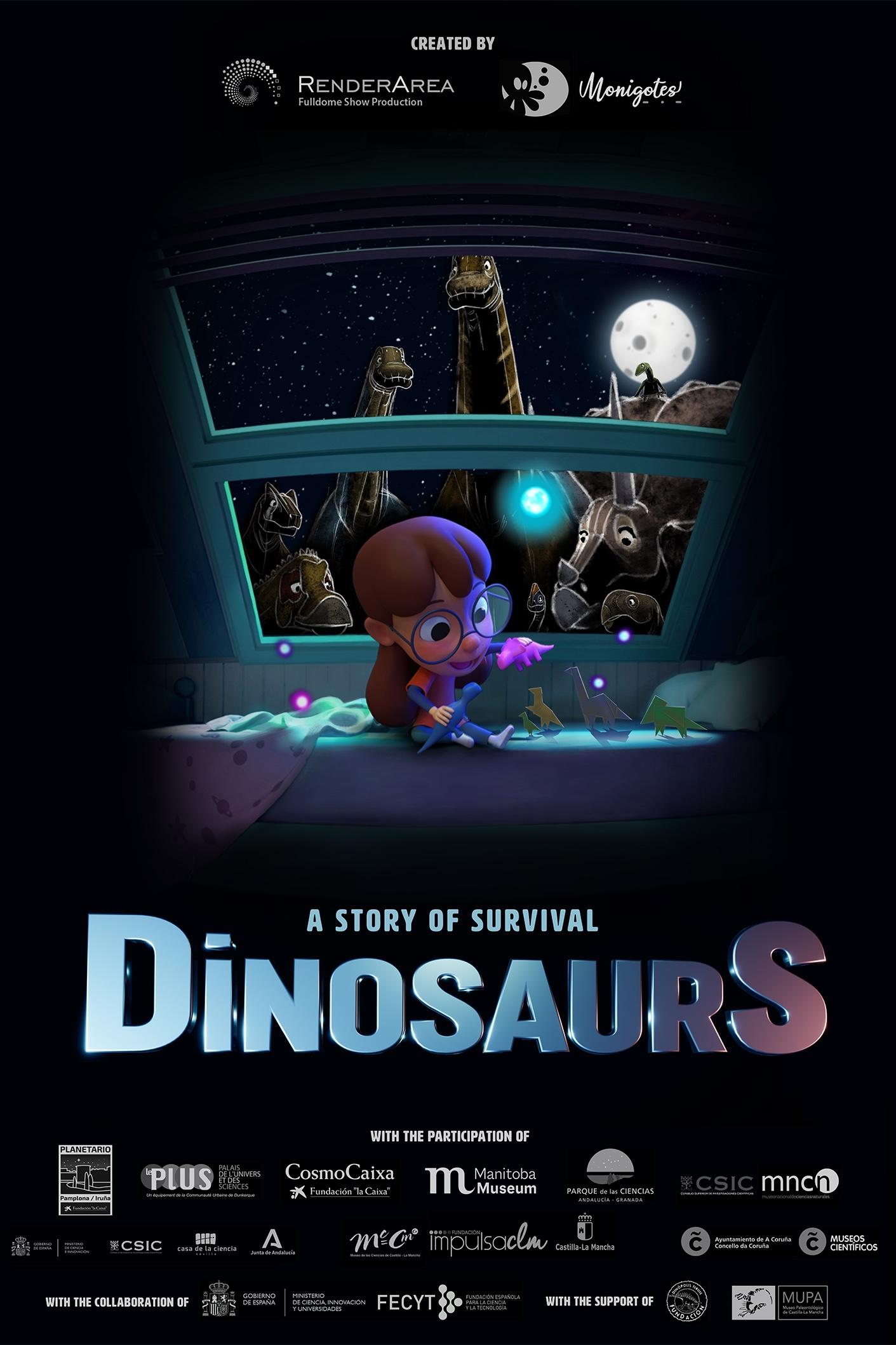
Like almost all children, Celeste is fascinated by dinosaurs. She is preparing a talk for her class about how they went extinct when Moon, a very wise and magical character, poses a tantalizing question: What if I told you that there are still dinosaurs among us? Celeste will join Moon on a journey through time, an exciting adventure that will show them the Earth as it was in the very, very distant past. They will see the fascinating transformations that these animals underwent over millions of years, creating giant creatures, armored beasts, and super-predators, until the day that a cataclysmic impact event caused a mass extinction on Earth. But all is not lost. Celeste will discover the key to their survival.
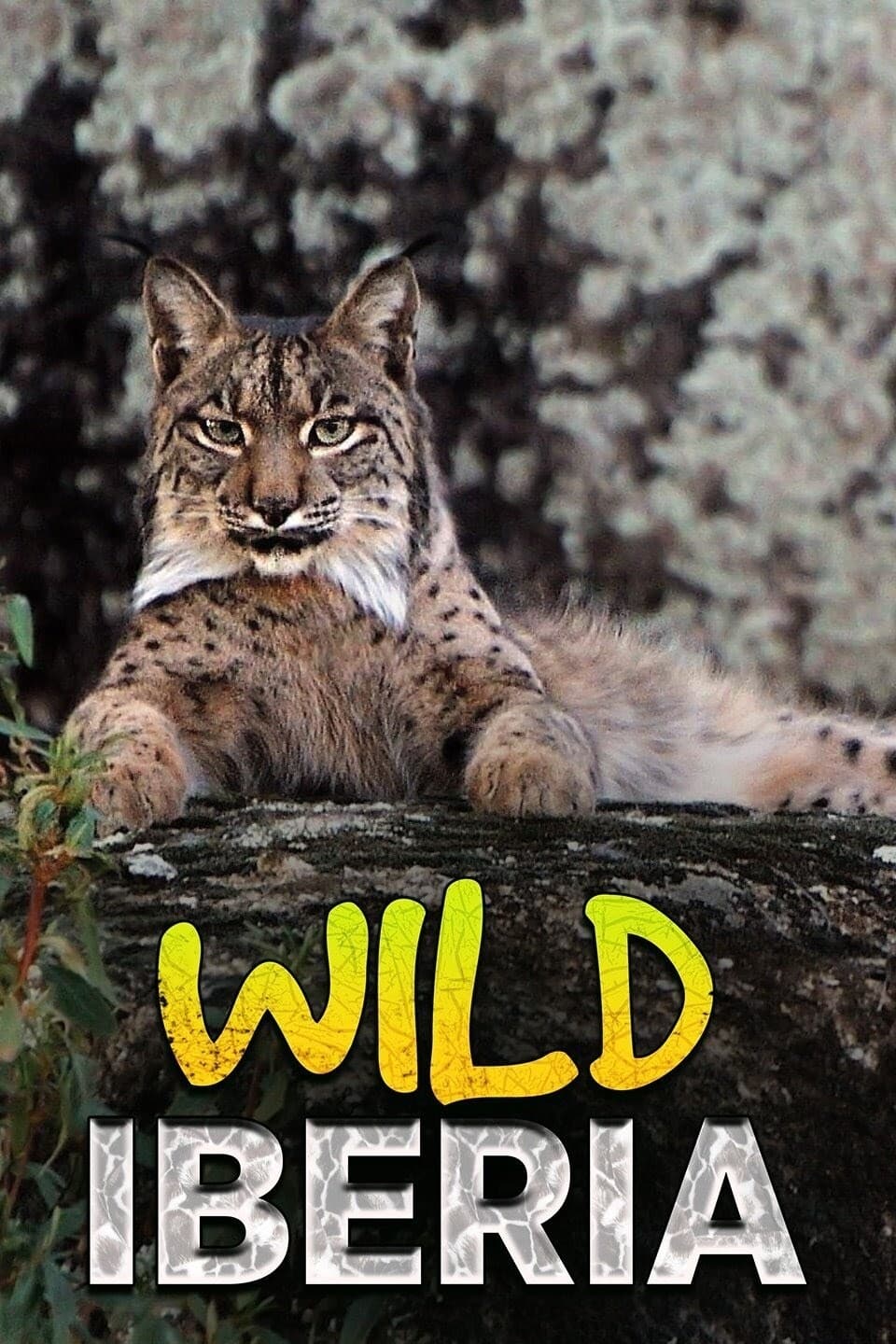
The four-part series follows the wildlife during every season (spring, summer, autumn, winter) in the Iberian Peninsula.

The Mediterranean Basin is located in one of the planet’s temperate zones. The subtropical climate makes it cold and wet in winter, hot and dry in summer, and mild and rainy in autumn and spring. Occupied by human beings for more than 8,000 years, the Mediterranean Basin has experienced dramatic changes to its forest and woodland areas, but nevertheless, these areas are still among the most diverse on the planet. From marshlands to high mountain ranges, from forests of holm and cork oaks to oak and pine forests high up in the mountains, all of them are home to thousands of animal and plant species whose paths cross on their adventures.
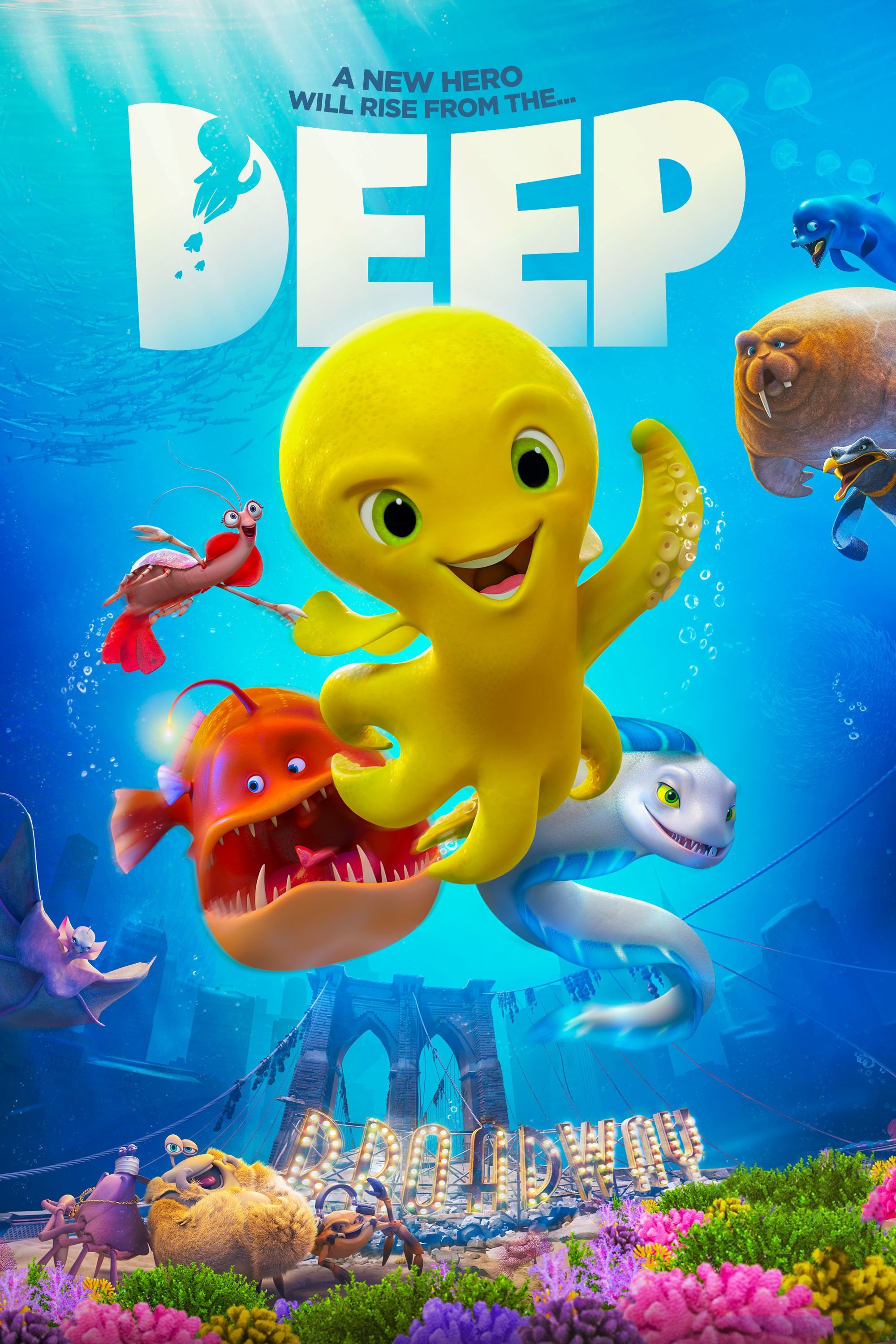
In 2100, when humanity has abandoned the earth, a colony of extravagant creatures still thrives in the deepest abyss of the ocean.
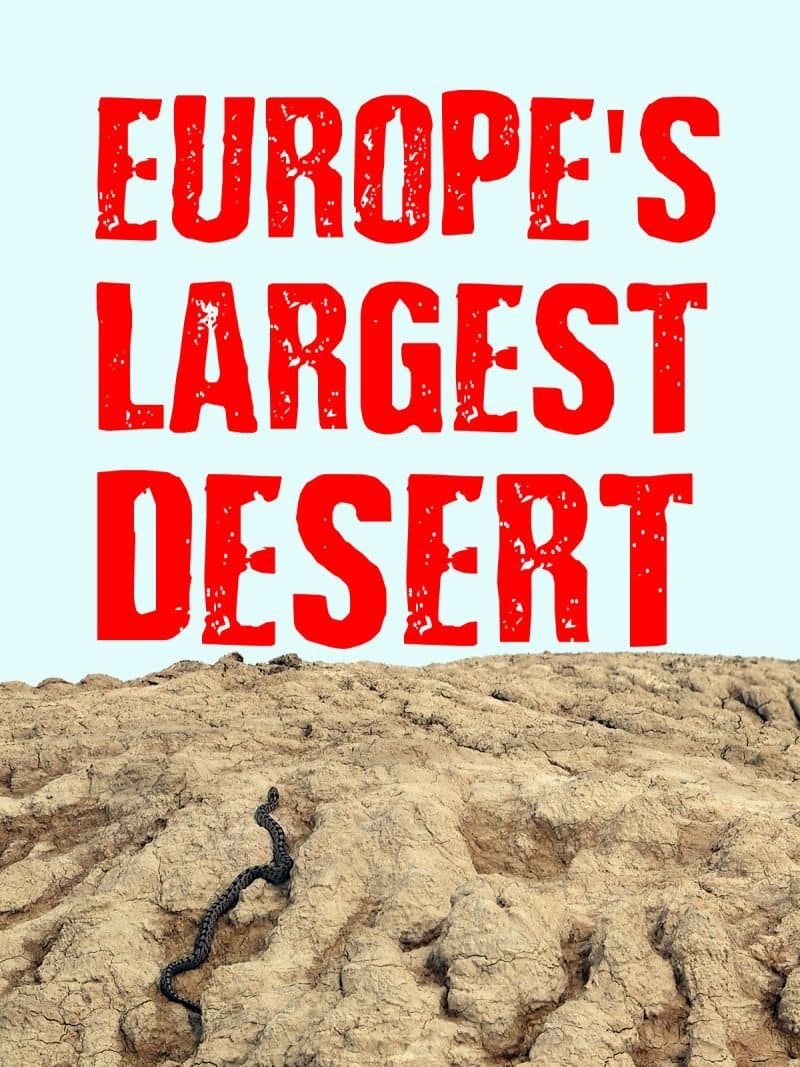
Near the cold Pyrenees of Iberia, surrounded by ancient and dark green forests, lies a strange land where the rain is scarce and the wind is always blowing. The soil is poor, there are no trees and the landscape resembles the moon. Is this what the future of desertification will look like? Incredible creatures with surprising behavior live in this strange landscape. The documentary explores a place with very dry skin but a wet hidden heart where even waterfowl or amphibians can live. Living in such conditions is not easy and only the toughest animals will survive.
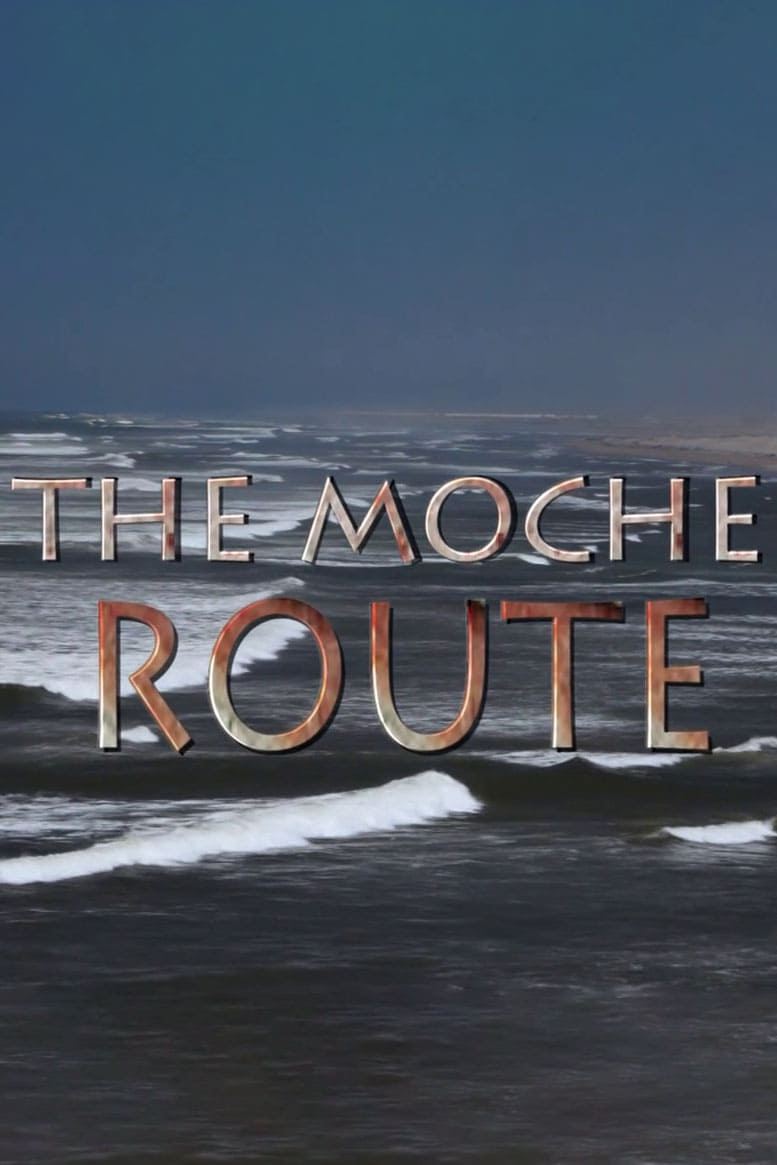
Starting from the colonial city of Trujillo, this documentary reveals natural and archeological features along the north coast of Peru, where the Moche culture thrived from the 1st Century BC to the 6th Century AD.
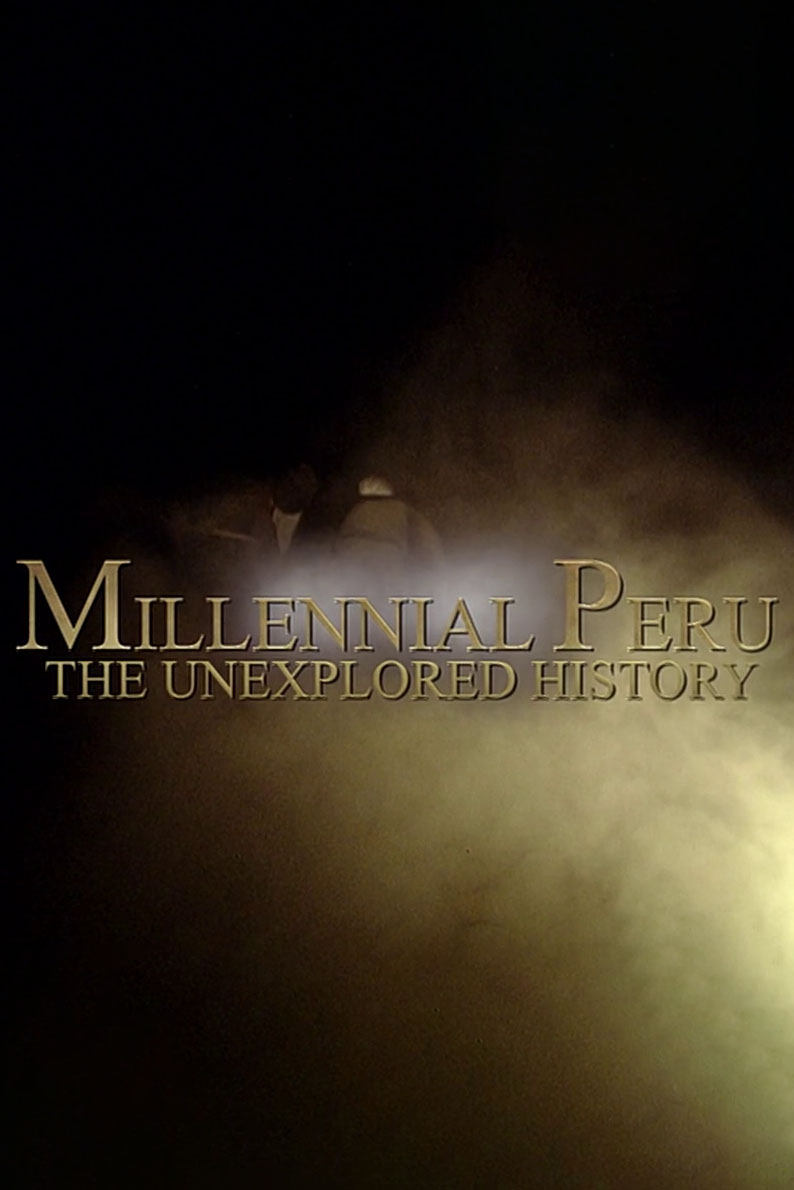
In the Formative Period 4,000 years before the Incas and the arrival of the Conquistadors, Peru’s earliest civilizations - the Chavín, Caral, Ventarrón, Sechin, Cupisnique, and Cajamarca cultures - built centers of learning and technological achievements, including the largest work of hydrological engineering in the ancient Americas: the Cumbemayo canals.

An eccentric millionaire becomes obsessed with the idea of constructing a new Noah's Ark. He hires a hunter to kidnap untoward numbers of animals to make this happen. The group of animals amid their valiant attempt to escape from the hunter's clutches, foil his nefarious plans, and free their captured friends.

Herbert Biberman struggles as a Hollywood writer and director blacklisted as one of The Hollywood Ten in the 1950s.
By browsing this website, you accept our cookies policy.